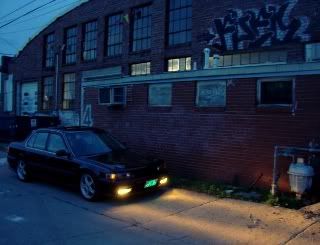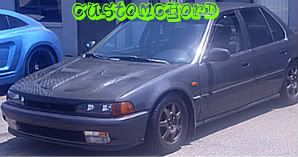ok from the other thread i learned that to weld the quarter panels you need a tig welder.
but how do you weld the two parts together?
body shops,,,, they just get a big piece of the quarter panel and they just cut in on the trunk edge/rear window edge etc etc basically in places where you can hide the weld job.
but what about the smaller patch panels that you can buy for $80 or so. how do you weld and hide the weld?
do you put a piece of metal between the two pieces that you are welding????
so who ever has done or has seen this process enlighten us.
this is the part i am talking about.
http://www.rustrepair.com/repair_pan....htm?r=ru&p=sm
but how do you weld the two parts together?
body shops,,,, they just get a big piece of the quarter panel and they just cut in on the trunk edge/rear window edge etc etc basically in places where you can hide the weld job.
but what about the smaller patch panels that you can buy for $80 or so. how do you weld and hide the weld?
do you put a piece of metal between the two pieces that you are welding????
so who ever has done or has seen this process enlighten us.
this is the part i am talking about.
http://www.rustrepair.com/repair_pan....htm?r=ru&p=sm













Comment